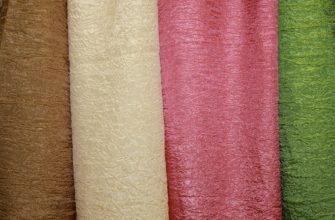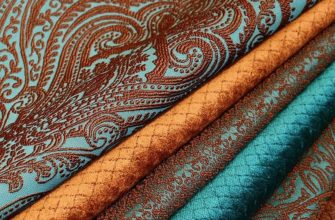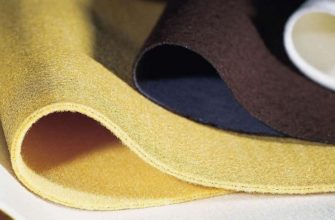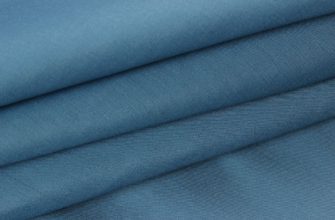This fabric appeared on the market about 10 years ago, it is not a very long time, but over these years it has become a favorite of many people, especially mothers. This article talks about what kulirka is and what types of it exist.
- Knitwear - production
- Material characteristics: density, composition
- Types of fibers – type of yarn
- Singing
- Carde
- Openend
- Analogues
- Interlock and cooler - differences
- Areas of application of the fabric
- Kulirka - what they sew
- Sewing of children's products
- Care instructions
- Carded jersey - advantages and disadvantages
- Consumer Reviews
Knitwear - production
The material kulirka is one of the thin fabrics, which is made from cotton yarn on a professional machine. According to the manufacturing method, it is classified as a transverse weave of threads.

The idea behind making jersey fabric is that one part of the yarn is sequentially bent and knitted into the loops of one row of loops. Therefore, the surface is very dense and strong.
To obtain single knitwear, an overlock with one needle bed is used, and for double knitwear, an overlock with two needle beds is used.
Such fabric quickly unravels vertically in the opposite direction, and in case of damage or defect, it happens horizontally. But mechanical damage is quite difficult to allow, only if you try to tear this dense material yourself. Below is a description of what jersey fabric is and what characteristics it has.
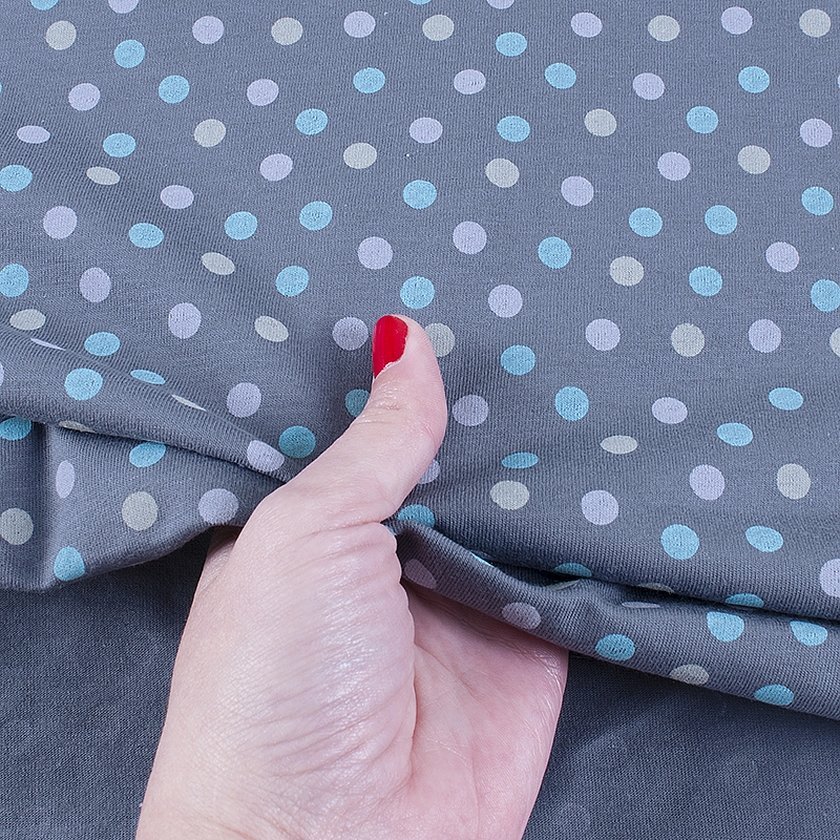
Material characteristics: density, composition
Many people know that the material kulirka is the thinnest fabric of all types of knitted materials. The fabric has a slight shine, and no pellets appear when washed.
Attention! The density of the material is 160 g / m2. It is quite light and very durable, so it is comfortable to wear, air circulates well inside. Cotton kulirka - what is it? It is considered a completely natural material, without the addition of lycra, wool, etc.
Types of fibers – type of yarn
Kulirka is divided into several types by the type of yarn. It can also be melange, smooth wool or printed with a pattern.
Singing
Twisted yarn from long cotton threads is used for creation. Grinding is used in the manufacturing process, this is necessary to make the fabric smoother.
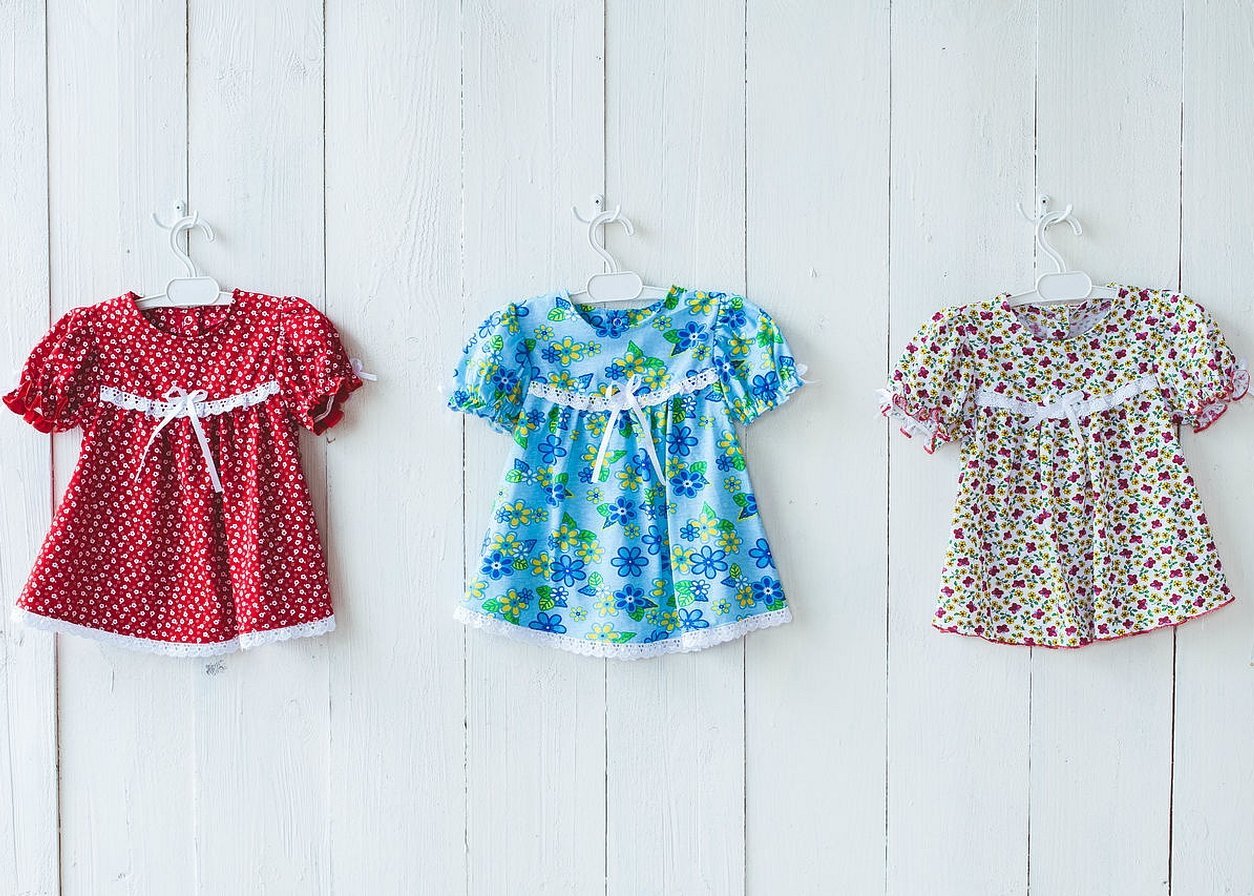
The main advantages of combed yarn are high strength, density, wear resistance, and beautiful appearance. This yarn is used to make tunics and sweaters for the summer season. Combed yarn does not cause allergies on the skin.
There are also disadvantages. High complexity of processing the edge of the canvas, because it twists, if there is lycra in the composition, then the thing can shrink, creases can form, holes remain from the puncture of the needle.
The traditional version of peigne is a fabric made of 100% cotton; modern factories often add lycra and polyester to the composition to make the material more elastic.
Carde
This type of fabric occupies an average position in various indicators, the length of the yarn is about 4 cm. Specifics: it is more elastic than combed, average wear resistance and price.
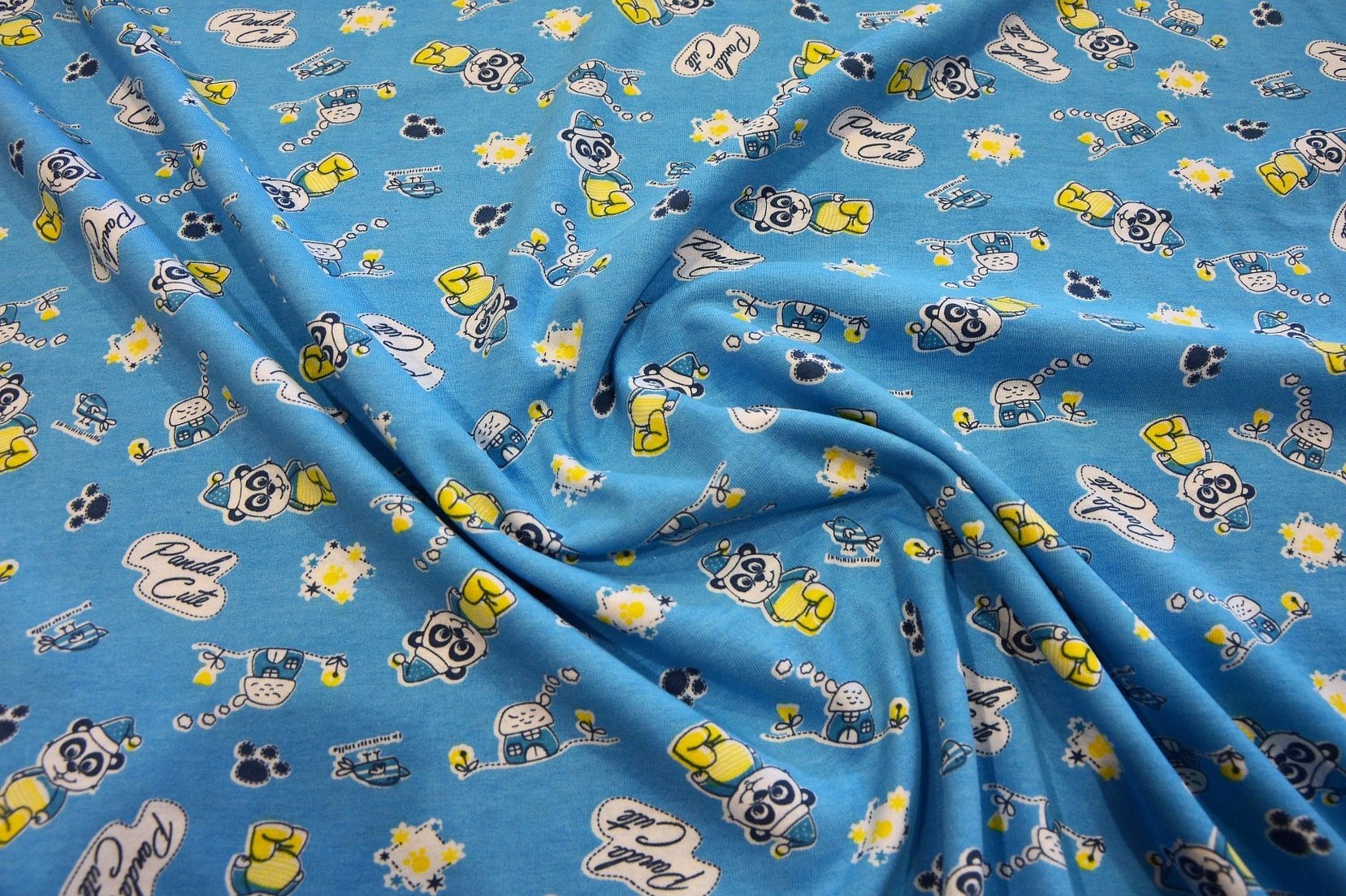
Carded yarn is quite thin and airy, air circulates well, soft to the body, which is why it is often used for children's clothes.
Pros: easy to care for, does not lose its shape, low cost, variety of appearance. You need to wash it carefully, because there is a risk of shrinkage.
Carded is often used to create linen, bedding, and robes because it is hypoallergenic and breathable.
Openend
Short yarn up to 3 cm is used to produce the material. Main features: increased wrinkling compared to carded and combed.
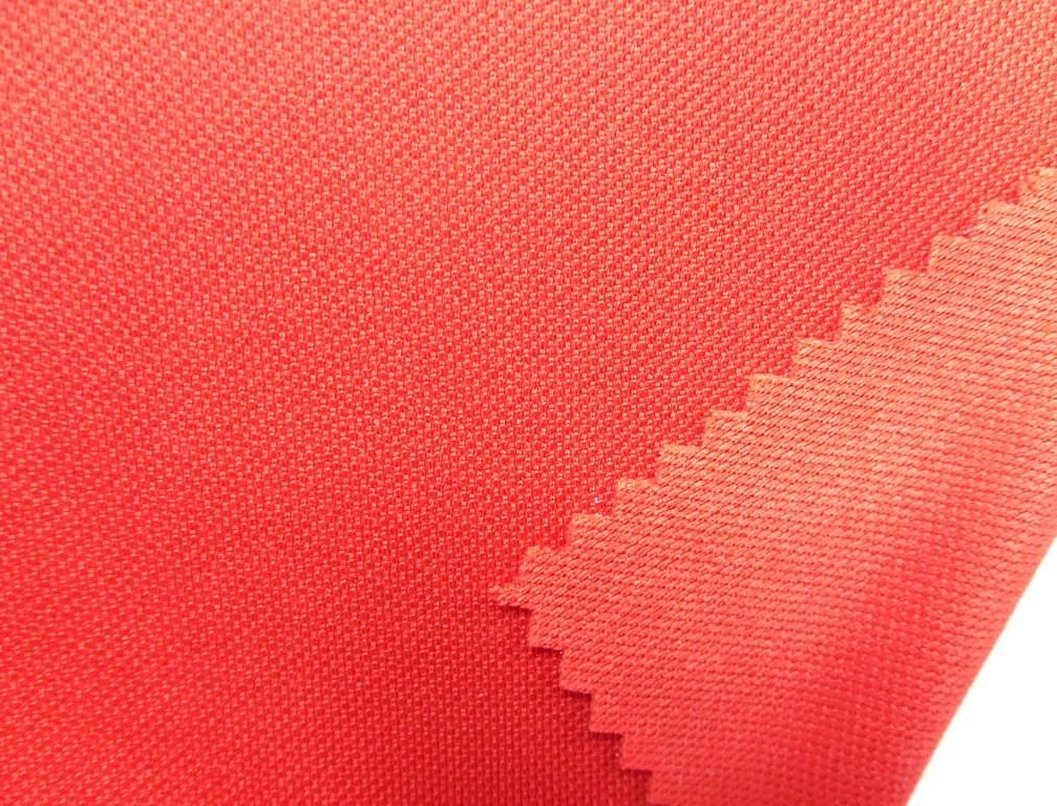
The main area of application is the production of underwear, so resistance to creasing is not so important here. The fabric is inexpensive compared to the above.
Based on the above, we can conclude whether the jersey stretches or not. Elasticity is one of the main properties of this type of fabric, due to it the shape of the clothes is maintained, and there is also a feeling of comfort.
Analogues
Analogues of the jersey smooth surface, also made from natural cotton raw materials - footer and interlock. They will be a little cheaper than the real jersey. Below is a description of what is better - interlock or jersey. And also a detailed description of these fabrics is given.
Interlock and cooler - differences
The difference between the fabrics is mainly in density. Interlock is thicker in composition than jersey. Its density can be up to 300 g/m², and jersey fabric is no higher than 200 g/m².
Therefore, interlock is considered a warmer material. The jersey surface feels nicer and air circulates well through it.
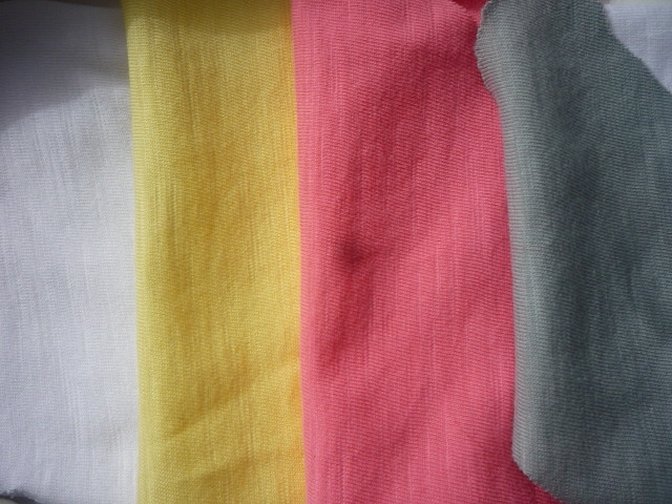
Interlock has low elasticity, but high wear resistance. Kulirka will serve much less. But, for example, if there is a choice, which is better - viscose or kulirka, then it is better to give preference to viscose. It will be much softer and warmer.
Some types of fabrics can be expensive, depending on the method of weaving the threads, naturalness and basic qualities.
Areas of application of the fabric
This fabric is used to make things for men, women and children. Both warm and winter items.
Kulirka - what they sew
For adults, underwear and bed linen are mainly sewn from kulirka. Due to its good durability and hypoallergenicity, the items are of fairly high quality and fit perfectly on people with sensitive skin. Pajamas, nightgowns, and towels are also sewn from it.
Kulir fabric is well suited for clothing in the summer season - it allows air to pass through well, it has a very airy texture - exactly what is needed in the hot summer months.
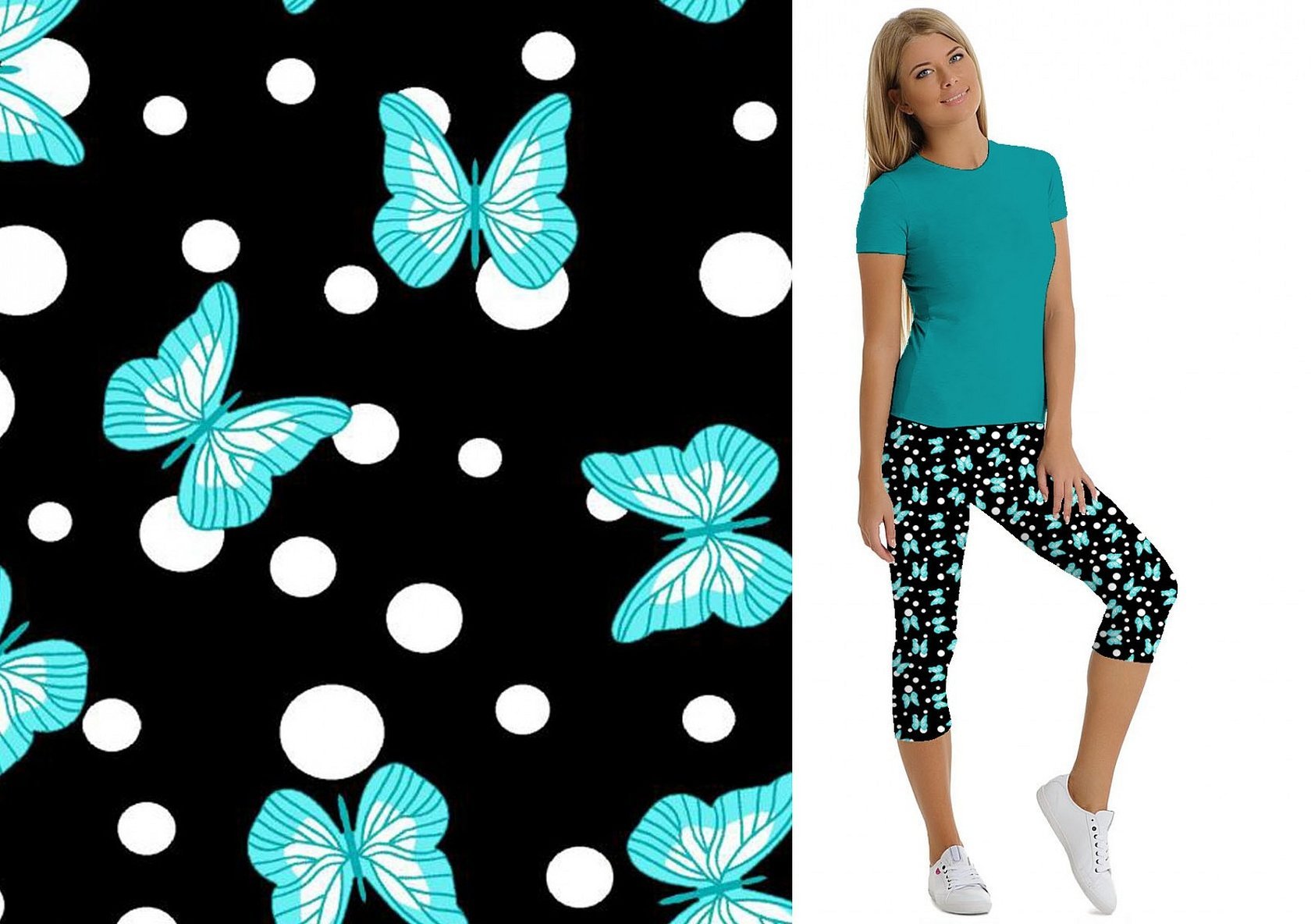
Dresses, T-shirts, shorts, pants, leggings, tunics and various items for the spring-autumn season are made from smooth fabric. It is very good to sew tracksuits from jersey, as it absorbs moisture and does not retain sweat. Very often you can find jackets and windbreakers made of this material in the store. These are mainly worn in late autumn or spring, they are light, with a small lining, and are pleasant to the body. Most often these are windbreakers.
Sewing of children's products
Most products made of jersey are made for children: diapers, T-shirts, pants, bodysuits, sleepsuits, socks. The items are comfortable and soft – many parents choose this fabric for their newborns or older children. If you follow the care instructions, the items can last for years, while maintaining their qualities.
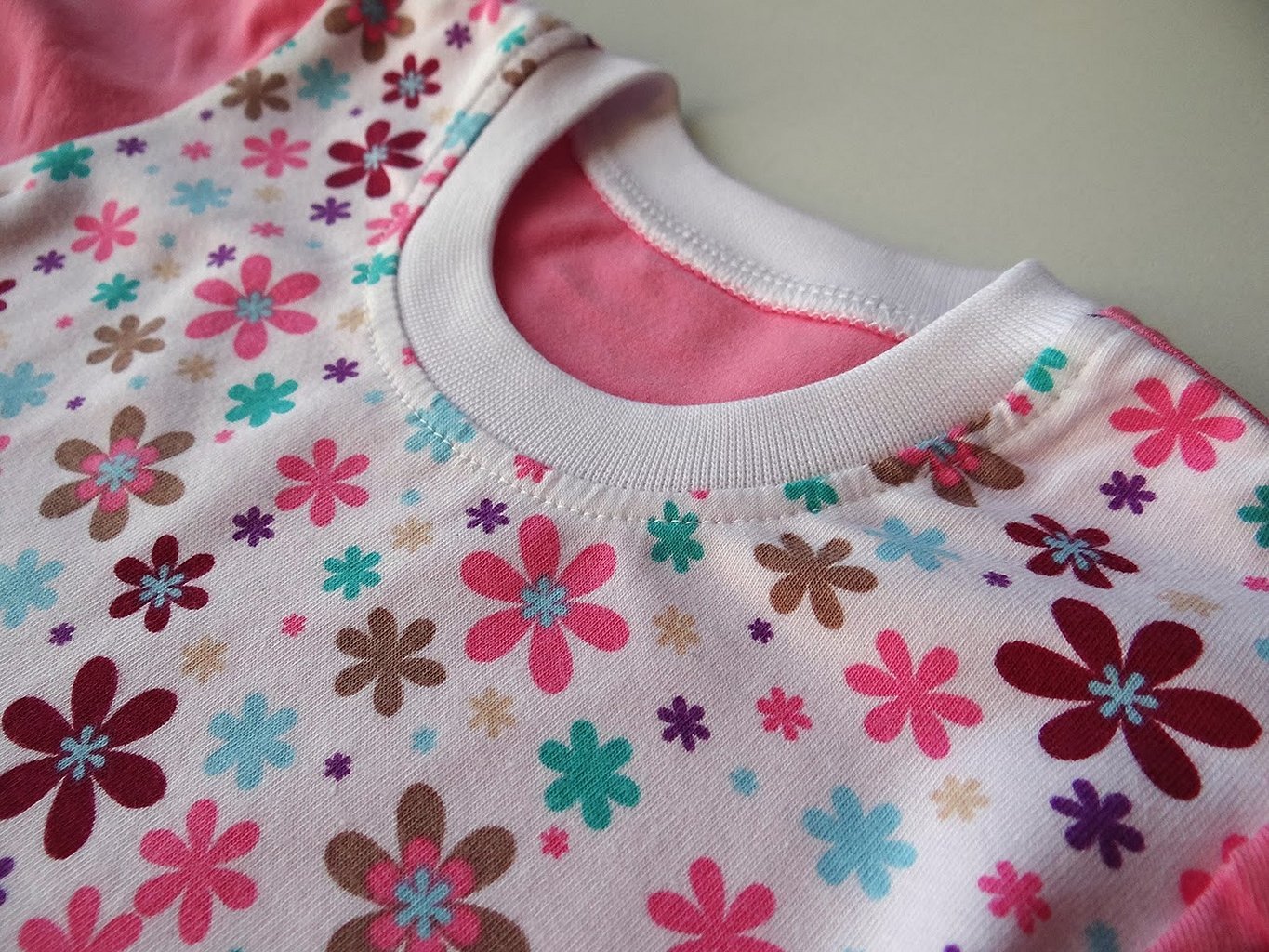
But not only clothes are made from this fabric. Very often, kulirka is used for handicrafts in schools or kindergartens. Children use this material to make appliques.
Care instructions
In order for jersey products to serve for a long time, you need to follow the care rules. Before the first use, the item must be washed. For washing, it is recommended to use delicate powders - liquid, special products with a gentle composition. Bleaches or chlorine can harm things.
It is advisable to wash items by hand or in the "silk" mode. You should also follow these instructions:
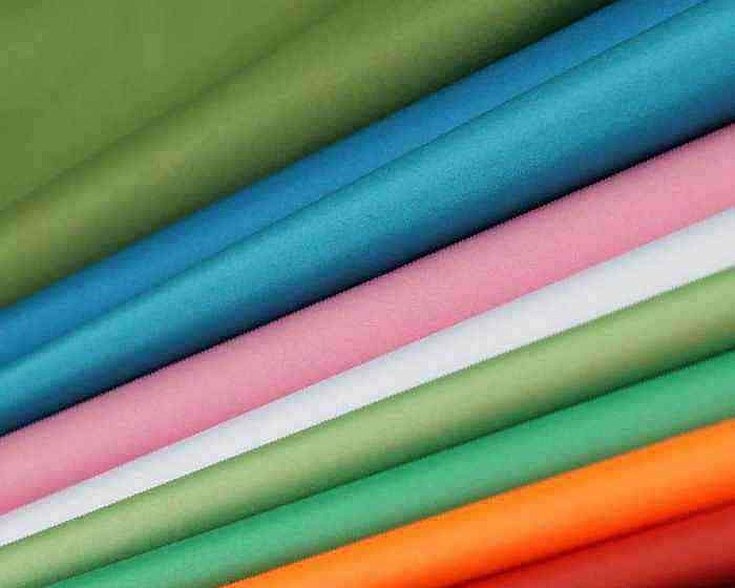
- the water temperature should not exceed 45 degrees;
- It is not advisable to wring it out in the machine; you can use a towel for this purpose. You need to take a terry towel and carefully wring out excess water;
- if stubborn stains have formed on the product, they are removed mainly with the help of laundry soap. To do this, the item must first be soaked in a basin of cold water, and then washed with soap. In extreme cases, you can use a stain remover for delicate materials;
- It is advisable to dry items made of kulirka not vertically on clothespins, but horizontally, spreading them out on the table surface. This is necessary so that the item does not stretch under the weight of the water. When drying, do not allow the item to come into contact with UV rays;
- There is no need to iron the items, as the fabric does not wrinkle. If ironing is necessary, it is advisable to do it at a temperature not exceeding 100 degrees or with a steamer.
You can store things either folded or on hangers in the closet. The probability of wrinkling is very low. But it is recommended to keep children's clothes separately, even if the composition is the same.

Carded jersey - advantages and disadvantages
The main advantages of the fabric:
- high wear resistance;
- hypoallergenic material;
- well suited for children of all ages;
- it hardly changes its shape, but at the same time it is very elastic;
- allows air to pass through, so the skin does not sweat;
- low price;
- easy to care for;
- A huge number of colors and types of fabric.
Attention! The material has a minus, despite the huge number of advantages. Since the material is completely natural, it may shrink when washed. Therefore, it is better to take things one size larger.
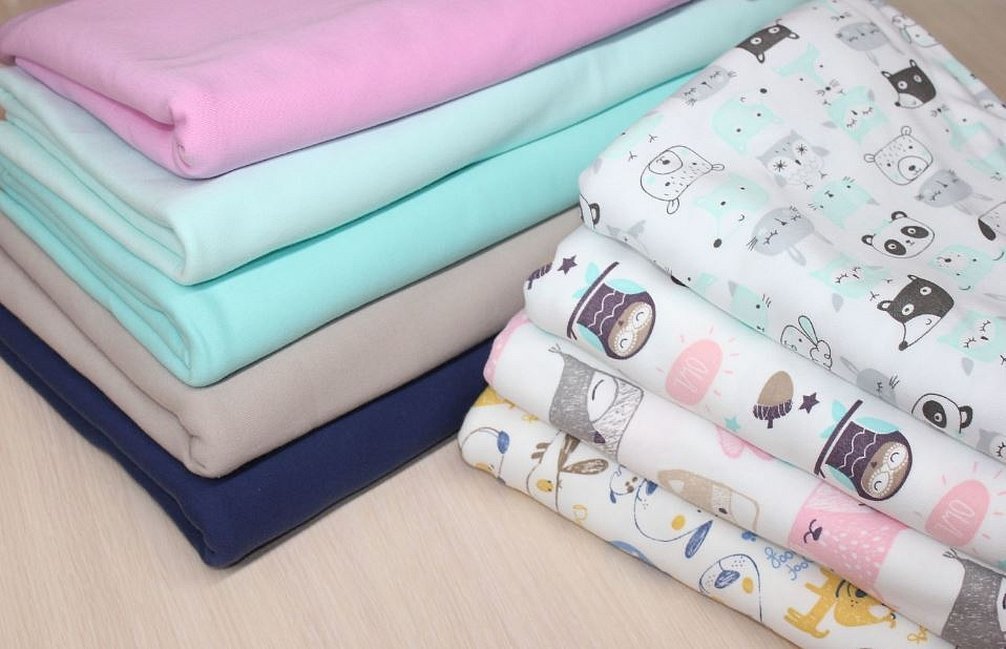
Consumer Reviews
Anna: “I spent a long time choosing the fabric for sewing my son’s autumn jacket. I was thinking about what to take, jersey or interlock. Based on reviews on the Internet and comparisons, I settled on the first option. The material is very pleasant to work with, there were no problems with stitching, the edges do not crumble. The jacket turned out to be very nice, lightweight, but warm. The child does not feel stuffy in it, even when he runs around in the yard, he does not sweat. I also plan to sew several suits for the summer, I will definitely choose this material.”
Denis: "I bought myself a tracksuit made of jersey to go to the gym. I was pleasantly surprised that after an intensive strength training session, I did not feel like I was in a steam room. The product does not stick to the skin, blows through everywhere and does not absorb moisture from the body. I was pleased with the quality of the suit and for the fall I have already ordered a windbreaker made of the same material."
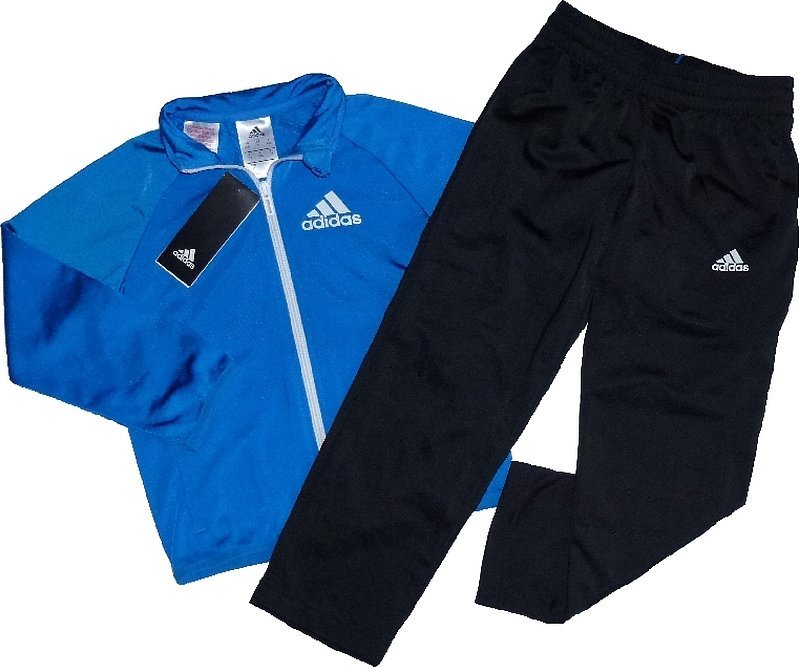
Tamara Fedorovna Monastyrskaya: “I bought a summer sundress made of jersey fabric for my daughter. It looks very beautiful and is easy to care for. I wash it with other clothes without any problems. I was pleased with the abundance of colors and patterns on the product. At the same time, the composition is completely natural, which is very important, since my daughter is allergic to synthetics. She already has things made of footer, now this fabric will also become a permanent part of her wardrobe.”
In conclusion, it should be noted that although the jersey smooth surface has appeared relatively recently on the Russian market, it has already won the love of buyers. This is the best material for children's clothes. But, unfortunately, some manufacturers add synthetic yarn to the composition in order to save money. Therefore, before buying, you need to read the instructions on the label. Before buying things or fabric, you need to find out what it is - jersey, and whether it is suitable for a particular season. In stores, it is sold both by the cut and in patches (for small items).

